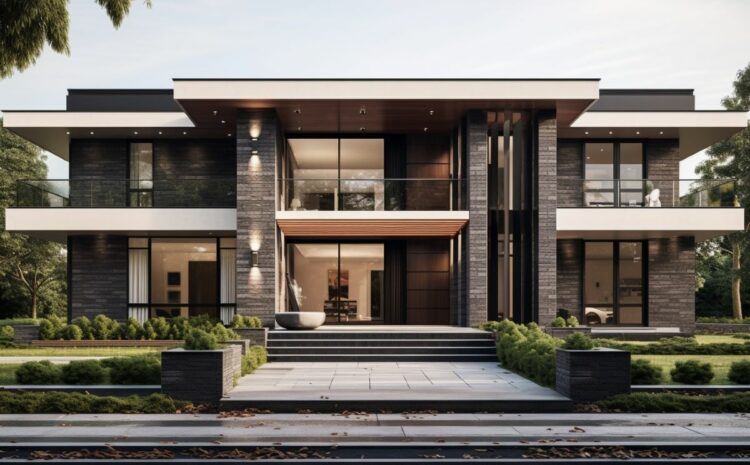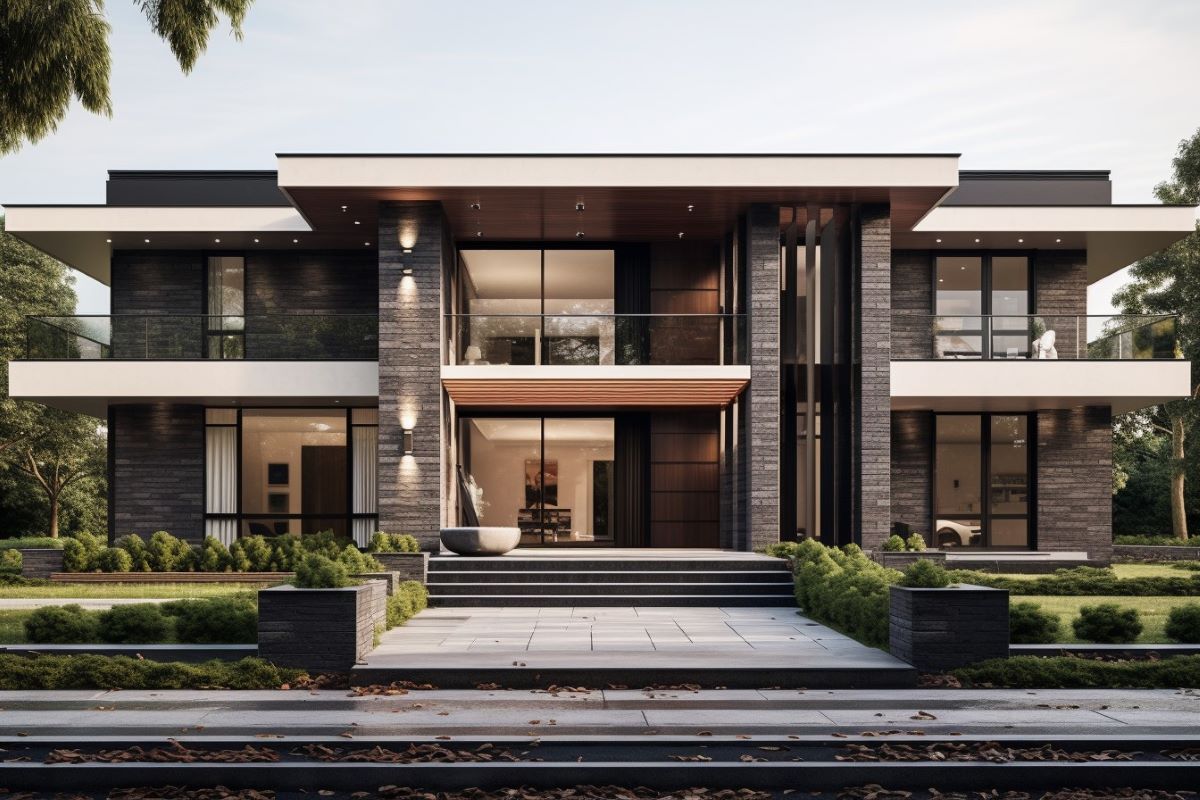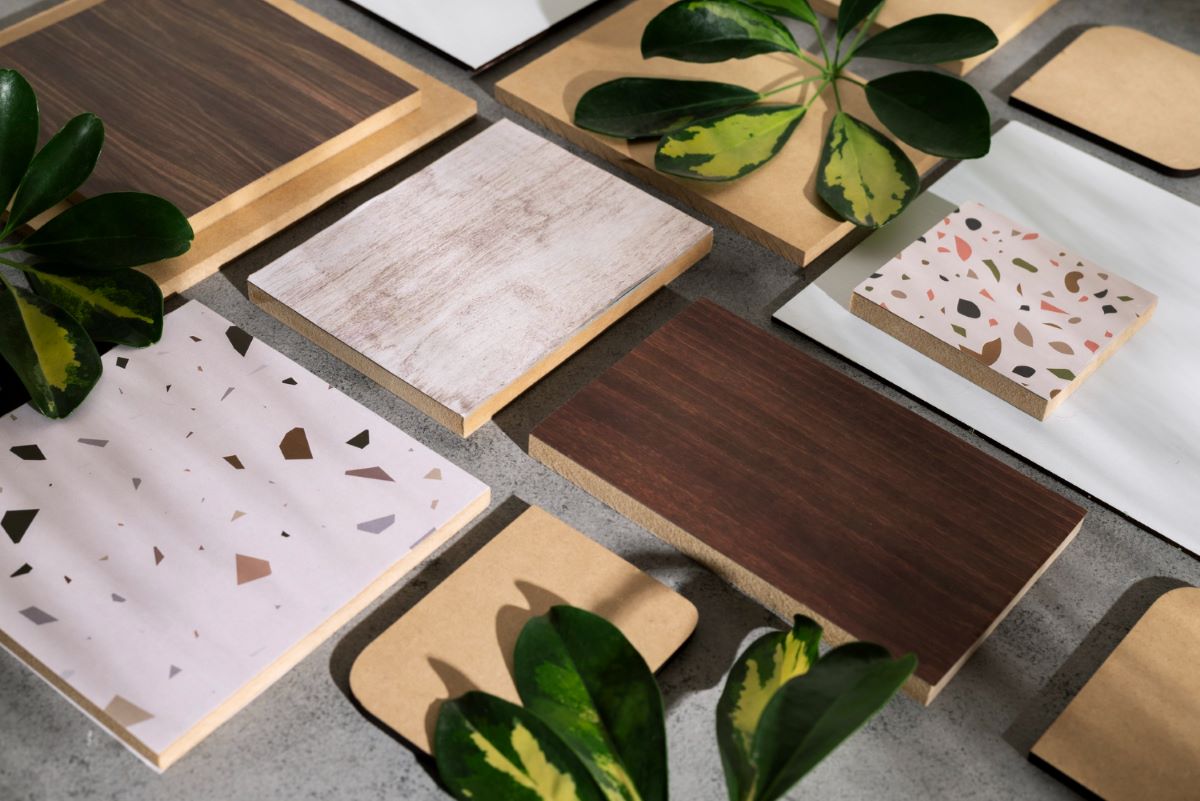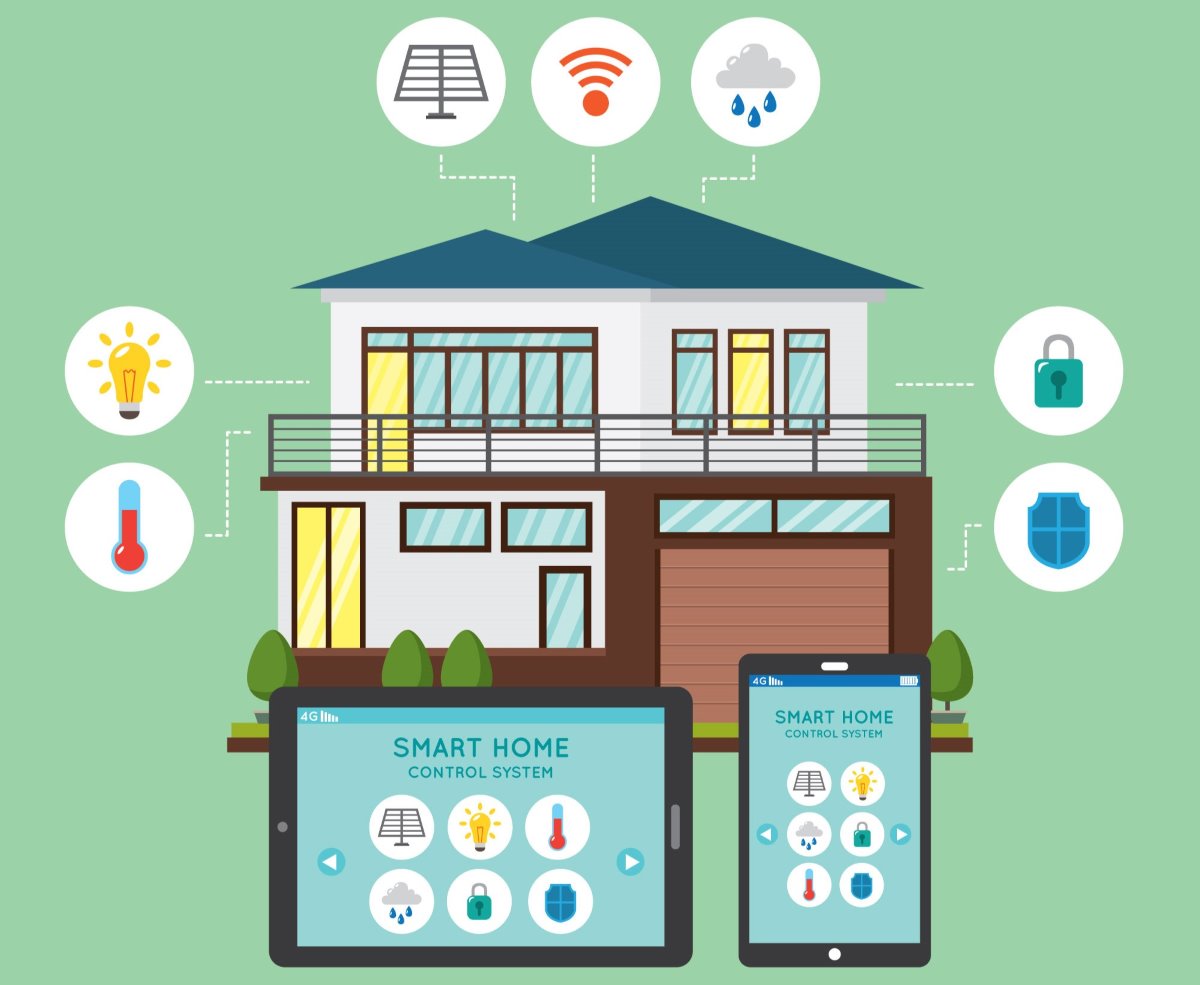
Ultimate Guide to Home Design and Construction: House Plans, Elevation, Designing and Building
How to Design and Build Your Dream Home in India (2023)
Table of Content
- How to Design and Build Your Dream Home in India (2023)
- How to Choose the Right House Plan and Elevation for Your Site and Budget?
- How to Find the Best Architect and Contractor for Your Project?
- How to Coordinate and Supervise the Construction Process and Avoid Common Pitfalls?
- How to Select the Best Building Materials and Finishes for Your Interior and Exterior Design?
- How to Add Innovation and Specialty Features to Your Home Design?
- Summary
- Frequently Asked Questions: –
- Q: How can I design and build my dream home in India (2024)?
- Q: What are the key details to consider when designing and constructing a house?
- Q: What are some popular home construction methods?
- Q: How long does it usually take to complete the construction of a new home?
- Q: Can I build a small home with modern design?
- Q: Is it possible to remodel an old house into a modern home?
- Q: How can 3D technology be used in the design and construction of buildings?
- Q: What role does an architect play in the design and construction process?
- Q: Can you provide some tips for cost-effective home construction?
- Q: How has the pandemic affected the design and construction industry?

Are you looking for a way to create your own house design and construction plan? Do you want to know the best practices and tips for designing and building a home that suits your needs and preferences? If so, you have come to the right place. In this article, we will guide you through the process of designing and building your dream home in 2023. We will cover the following topics:
- How to choose the right house plan and elevation for your site and budget?
- How to find the best architect and contractor for your project?
- How to coordinate and supervise the construction process and avoid common pitfalls?
- How to select the best building materials and finishes for your interior and exterior design?
- How to add innovation and specialty features to your home design?
By the end of this article, you will have a clear idea of how to design and build your dream home in 2022. You will also learn how we can help you with our design and construction services. So, let’s get started!
How to Choose the Right House Plan and Elevation for Your Site and Budget?

The first step in designing and building your dream home is to choose the right house plan and elevation for your site and budget. A house plan is a drawing that shows the layout of the rooms, walls, doors, windows, stairs, and other features of your home. An elevation is a drawing that shows the front, side, or rear view of your home, including the roof, exterior cladding, openings, and other details.
There are many factors to consider when choosing a house plan and elevation, such as:
- The size and shape of your site
- The orientation and views of your site
- The climate and weather conditions of your location
- The zoning and building codes of your area
- The style and aesthetics of your desired design
- The number and size of bedrooms, bathrooms, living areas, kitchen, garage, etc.
- The functionality and flow of your floor plan
- The energy efficiency and sustainability of your design
- The cost and feasibility of your design
You can find many house plans and elevations online or in magazines, books, or catalogs. However, not all of them may suit your site and budget. Therefore, it is advisable to consult with a professional architect who can customize or create a house plan and elevation that meets your specific requirements. An architect can also help you with the proper design of the structural elements, such as foundation, slab, span, reinforce, etc.
How to Find the Best Architect and Contractor for Your Project?

The next step in designing and building your dream home is to find the best architect and contractor for your project. An architect is a person who designs the house plan and elevation, as well as provides other design services, such as interior design, landscape design, lighting design, etc. A contractor is a person who executes the construction process according to the architect’s drawings and specifications.
Finding the best architect and contractor for your project can be challenging, especially if you are new to the field. Here are some tips to help you:
- Ask for recommendations from friends, family, neighbors, or colleagues who have recently built or renovated their homes.
- Check online reviews, ratings, portfolios, testimonials, or awards of potential architects and contractors.
- Contact at least three architects and contractors and ask for their credentials, experience, references, fees, availability, etc.
- Visit some of their previous or ongoing projects and inspect their quality of workmanship, materials, finishes, etc.
- Compare their proposals, bids, contracts, timelines, warranties, etc. and choose the one that offers the best value for money.
How to Coordinate and Supervise the Construction Process and Avoid Common Pitfalls?

The third step in designing and building your dream home is to coordinate and supervise the construction process and avoid common pitfalls. The construction process involves various stages, such as site preparation, foundation laying, framing, roofing, plumbing, electrical, masonry, plastering, painting, flooring, furnishing, etc. Each stage requires different skills, tools, materials, and labor. Therefore, it is important to coordinate and supervise the construction process carefully to ensure that everything goes smoothly.
Some of the common pitfalls that can occur during the construction process are:
- Delays due to weather, material shortages, labor strikes, permit issues, etc.
- Cost overruns due to change orders, unforeseen problems, waste, theft, etc.
- Defects due to poor quality materials, workmanship, supervision, inspection, etc.
- Disputes due to miscommunication, misunderstanding, breach of contract, liability, etc.
To avoid these pitfalls, you should:
- Communicate clearly with your architect and contractor about your expectations, requirements, budget, schedule, etc.
- Review and approve the drawings, specifications, materials, and finishes before the construction starts.
- Visit the site regularly and monitor the progress and quality of the work.
- Keep a record of all the documents, invoices, receipts, payments, change orders, etc.
- Hire a third-party inspector or engineer to check the work for compliance with codes, standards, and specifications.
- Resolve any issues or conflicts as soon as possible and in a respectful manner.
How to Select the Best Building Materials and Finishes for Your Interior and Exterior Design?

The fourth step in designing and building your dream home is to select the best building materials and finishes for your interior and exterior design. Building materials and finishes are the elements that give your home its appearance, durability, comfort, and performance. They include:
- Exterior walls, such as brick, stone, wood, metal, vinyl, etc.
- Interior walls, such as drywall, plaster, paneling, wallpaper, etc.
- Roofing materials, such as asphalt shingles, metal, tile, slate, etc.
- Flooring materials, such as hardwood, laminate, tile, carpet, etc.
- Ceiling materials, such as gypsum board, wood, metal, etc.
- Doors and windows, such as wood, metal, glass, etc.
- Cabinets and countertops, such as wood, laminate, granite, quartz, etc.
- Appliances and fixtures, such as stove, refrigerator, dishwasher, sink, faucet, etc.
- Lighting fixtures, such as recessed lights, pendant lights, chandeliers, etc.
- Furniture and accessories, such as sofa, table, chair, rug, pillow, etc.
There are many factors to consider when selecting building materials and finishes for your interior and exterior design, such as:
- The style and theme of your desired design
- The color and texture of your desired design
- The durability and maintenance of the materials and finishes
- The cost and availability of the materials and finishes
- The environmental impact and health effects of the materials and finishes
You can find many building materials and finishes online or in stores, but not all of them may suit your design and budget. Therefore, it is advisable to consult with your architect or interior designer who can help you select the best building materials and finishes for your interior and exterior design. They can also help you with the proper spacing, placement, and installation of the materials and finishes.
How to Add Innovation and Specialty Features to Your Home Design?

The fifth and final step in designing and building your dream home is to add innovation and specialty features to your home design. Innovation and specialty features are the elements that make your home unique, functional, and enjoyable. They include:
- Smart home technology, such as voice control, remote access, security system, etc.
- Energy-efficient features, such as solar panels, LED lights, insulation, etc.
- Green features, such as rainwater harvesting, composting, vegetable garden, etc.
- Accessibility features, such as ramps, elevators, grab bars, etc.
- Entertainment features, such as home theater, game room, bar, etc.
- Wellness features, such as sauna, spa, gym, etc.
There are many benefits of adding innovation and specialty features to your home design, such as:
- Enhancing the comfort and convenience of your home
- Increasing the value and appeal of your home
- Saving money on utility bills and maintenance costs
- Reducing your environmental footprint and improving your health
- Expressing your personality and lifestyle
You can find many innovation and specialty features online or in magazines, books, or catalogs. However, not all of them may suit your design and budget. Therefore, it is advisable to consult with your architect or contractor who can help you add innovation and specialty features to your home design. They can also help you with the proper integration, operation, and maintenance of the innovation and specialty features.
Summary
In this article, we have shown you how to design and build your dream home in 2024. We have covered the following topics:
- How to choose the right house plan and elevation for your site and budget
- How to find the best architect and contractor for your project
- How to coordinate and supervise the construction process and avoid common pitfalls
- How to select the best building materials and finishes for your interior and exterior design
- How to add innovation and specialty features to your home design
We hope you have found this article helpful and informative. If you are ready to start designing and building your dream home in 2023 or if you have any questions or comments please feel free to contact us. We are a professional design and construction company that can help you with all your needs. We offer a wide range of services such as:
- Custom house plan and elevation design
- Architectural and interior design consultation
- Construction management and supervision
- Building material and finish selection
Frequently Asked Questions: –
Q: How can I design and build my dream home in India (2024)?
A: Designing and building your dream home in 2024 requires careful planning and consideration of various factors. Here is a step-by-step guide to help you through the process:
1. Determine your needs and desires: Make a list of the features and elements you want in your dream home. Consider factors like the number of bedrooms, bathrooms, size, layout, style, and any specific amenities or special requirements.
2. Set a budget: Determine your budget for the project. This will help guide your decisions throughout the process and ensure that you can afford your dream home without overspending.
3. Choose a location: Select a suitable location for your dream home. Consider factors like proximity to schools, workplaces, amenities, and the overall environment you desire to live in.
4. Find a suitable site: Once you have a location in mind, search for a plot of land that meets your requirements. Consider factors such as size, topography, soil conditions, and any legal restrictions.
5. Hire professionals: Engage with professionals to help you with the design and construction process. This typically includes an architect, a builder, and possibly an interior designer. Collaborate with them to bring your ideas to life, ensuring that your dream home is both visually pleasing and functional.
6. Obtain necessary permits and approvals: Work with your architect and builder to secure any required permits and approvals from the local authorities. This may include zoning permits, building permits, and environmental assessments.
7. Develop the design: Work closely with your architect to develop a detailed design that incorporates your needs, desires, and budget. This will involve creating floor plans, exterior elevations, and selecting materials and finishes.
8. Select a builder: After finalizing the design, select a reputable and experienced builder to carry out the construction of your dream home. Consider factors like their portfolio, past projects, client reviews, and cost estimates.
9. Monitor the construction process: Stay engaged throughout the construction process to ensure that your vision is being implemented correctly. Regularly communicate with the builder and make site visits to address any concerns or changes that may arise.
10. Interior design and finishes: Once the structure is complete, work with an interior designer to choose the finishes, fixtures, and furnishings that align with your aesthetic preferences and lifestyle needs.
11. Landscaping and exterior design: Consider the outdoor spaces of your dream home. Plan and design your landscaping, including gardens, patios, walkways, and other outdoor amenities.
12. Final inspections and move-in: Before moving in, conduct final inspections of the construction to ensure that everything is built to the required standards and meets your expectations. Obtain any necessary certificates of occupancy or completion.
Remember, building a dream home is a complex process that requires time, patience, and careful decision-making. Working with professionals, keeping an eye on the budget, and staying engaged throughout the process will help ensure that your dream home becomes a reality in 2024. So, start planning early.
Q: What are the key details to consider when designing and constructing a house?
A: When designing and constructing a house, it is important to consider factors such as the architectural design, interior design, spacing, and building performance.
Q: What are some popular home construction methods?
A: Some popular home construction methods include timber framing, wall framing, and gable construction.
Q: How long does it usually take to complete the construction of a new home?
A: The completion time for a new home construction can vary depending on various factors, but it typically takes several months to couple of years.
Q: Can I build a small home with modern design?
A: Yes, it is possible to build a small home with a modern design. There are many cost-effective and space-saving design options available for small homes.
Q: Is it possible to remodel an old house into a modern home?
A: Yes, it is possible to remodel an old house and transform it into a modern home. However, this process may require thorough planning and coordination.
Q: How can 3D technology be used in the design and construction of buildings?
A: 3D technology can be used to create detailed and realistic architectural designs, allowing homeowners and builders to visualize the final outcome of the project.
Q: What role does an architect play in the design and construction process?
A: An architect is responsible for creating the overall design concept of a building, ensuring compliance with building codes and regulations, and coordinating with other professionals involved in the construction process.
Q: Can you provide some tips for cost-effective home construction?
A: Some tips for cost-effective home construction include curating a list of necessary features, working with a reputable developer, and exploring energy-efficient building materials and techniques.
Q: How has the pandemic affected the design and construction industry?
A: The pandemic has led to delays in construction projects, increased focus on health and safety measures, and a greater emphasis on virtual communication and coordination throughout the construction process.
Transform Your Dream House with the Best Architect
Transform Your Dream House with the Best Architect Company in
Read MoreUnveiling Modern Luxury House Construction Design in Lutyens
Unveiling Modern Luxury House Construction Design in Lutyens Bungalow ZoneIn
Read MoreYour Ultimate Dream Luxury House Construction in Lutyens
Your Ultimate Dream Luxury House Construction in Lutyens Bungalow ZoneImagine
Read More